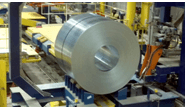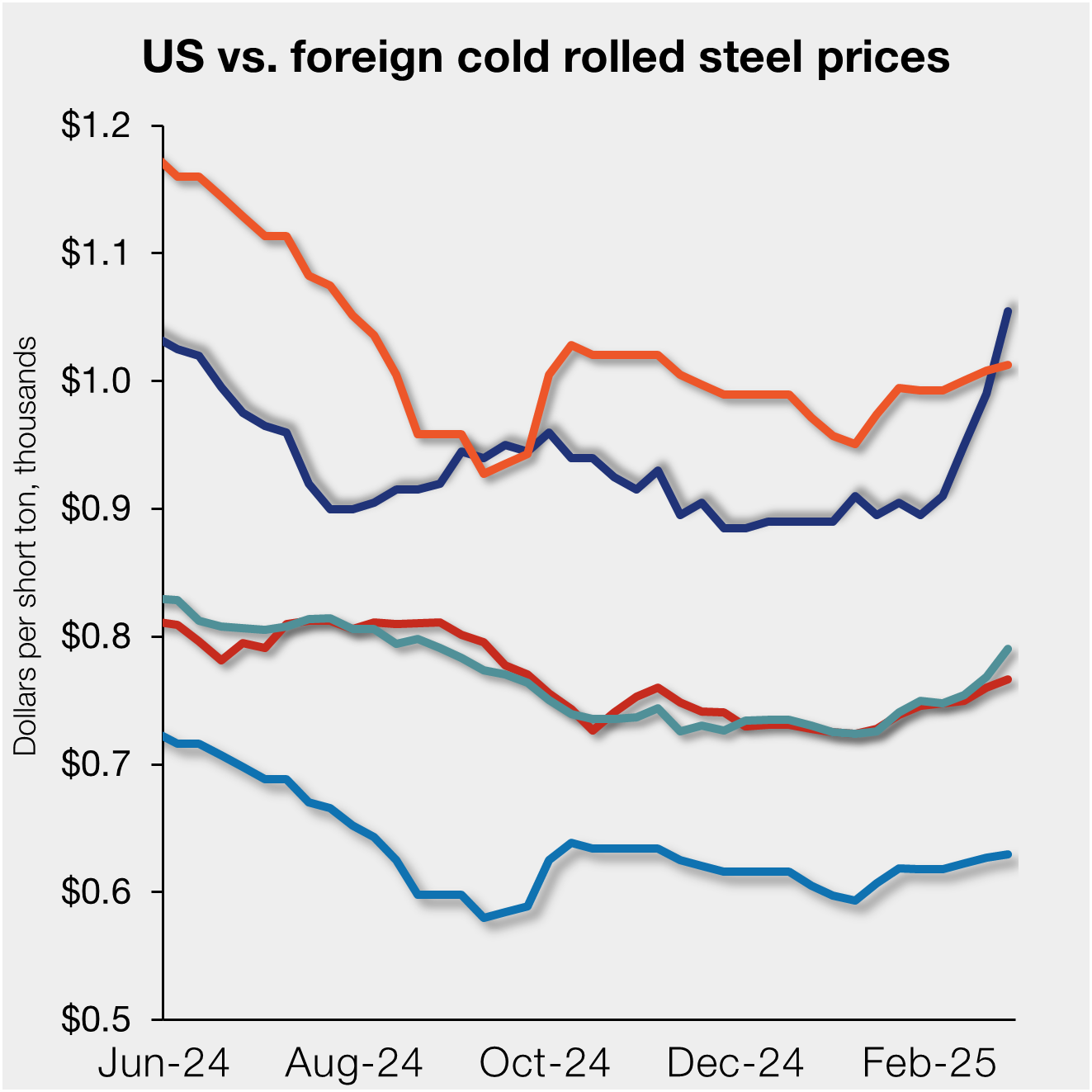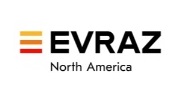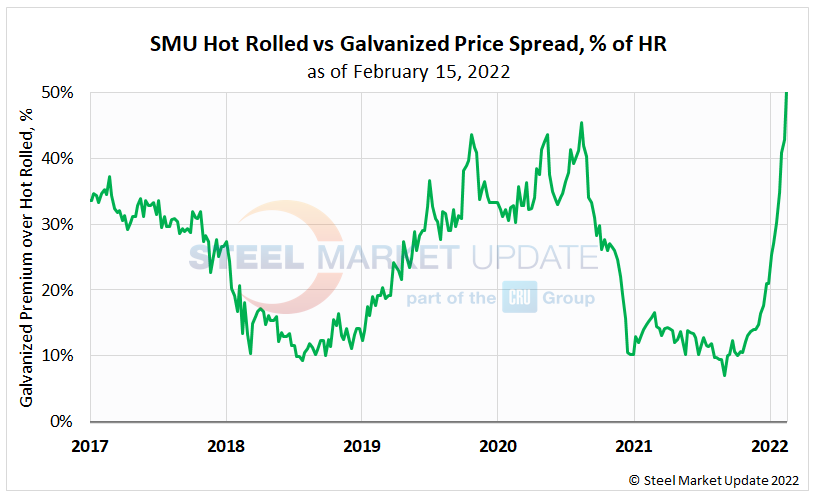Steel Products Prices North America

SMU Deep Dive: HRC-Galv Spreads Continue to Balloon
Written by Michael Cowden
February 20, 2022
Prices for steel sheet have fallen across the board since September of last year. But the pace of declines for hot-rolled coil has been much faster than for galvanized products.
The result: Spreads between HRC prices and galv base prices – which have been at record levels since late last year – continue to widen. Check out the charts below:
The current HRC-galv base spread is $545 per ton ($27.25 per cwt), or a 50% premium over hot rolled.
The dollar amount of that spread has reached (or stayed at) a new record high each of the last 12 weeks. The 50% premium last week marked another new record, surpassing the previous record of 49% in October 2016.
The current spread between HRC and galv is higher than the price of HRC itself in past years. It is also more than double an average of approximately $150-200 per ton over the last five years. And some industry veterans would say that even that ~$175-per-ton figure is inflated compared to past norms.
What is driving such historic spreads: industry consolidation, new pricing structures or something else entirely? And are these spreads sustainable? Recent history would suggest not. But the issue is not specific to HRC and galv.
We’ve seen similarly unprecedented spreads between HRC and plate. And there is little overlap between plate markets (think energy, infrastructure and heavy equipment) and galv markets, which are more exposed to consumer or residential construction markets such as automotive, appliance and metal roofing.
The root cause of the spread between HRC and plate is easy enough to explain. Sheet mills have been lowering prices quickly even if those price decreases, as is typically the case in steel, are never officially announced. Plate mills in contrast have been officially holding the line on prices even as HRC prices have dropped like a rock.
Another difference: You can hedge the spread between HRC and galv on the CME. No such contract exists for the spread between HRC and plate, perhaps because the plate market is so much smaller.
The CME’s HRC-galv spread contract has struggled with low liquidity. That might have been because the spread was typically within a narrow and predictable bandwidth.
With that no longer the case – and the potential for volatility high – it will be interesting to see whether more volume comes into that contract in the days and weeks ahead.
By Michael Cowden, Michael@SteelMarketUpdate.com

Michael Cowden
Read more from Michael CowdenLatest in Steel Products Prices North America

Nucor slows HRC price climb with $5/ton increase
After eight weeks of double-digit price increases on hot-rolled (HR) coil, Nucor slowed the price rise this week with an increase of $5 per short ton.

Domestic CRC prices surge ahead of imports
The price spread between stateside-produced CR and imports reached its widest margin in over a year.

Evraz raises plate prices $160/ton
Evraz North America (NA) has followed Nucor and SSAB with a plate price increase of its own: up $160 per short ton (st). The increase was effective immediately for all new orders of carbon, high-strength low-alloy, and normalized and quenched-and-tempered plate products, as well as for hot-rolled coil, the steelmaker said in a letter to […]

Nucor lifts HR coil to $820/ton
Nucor has increased its consumer spot price (CSP) for hot-rolled (HR) coil for a fourth consecutive week.

Nucor pushes HR spot price to $790/ton
Nucor increased its consumer spot price (CSP) for hot-rolled (HR) coil to $790 per short ton (st) on Monday, Feb. 10 – a $15/st bump vs. last week. The Charlotte, N.C.-based company has raised its weekly CSP by $40/st over the past three weeks after maintaining tags at $750/st since Nov. 12, according to SMU’s […]


